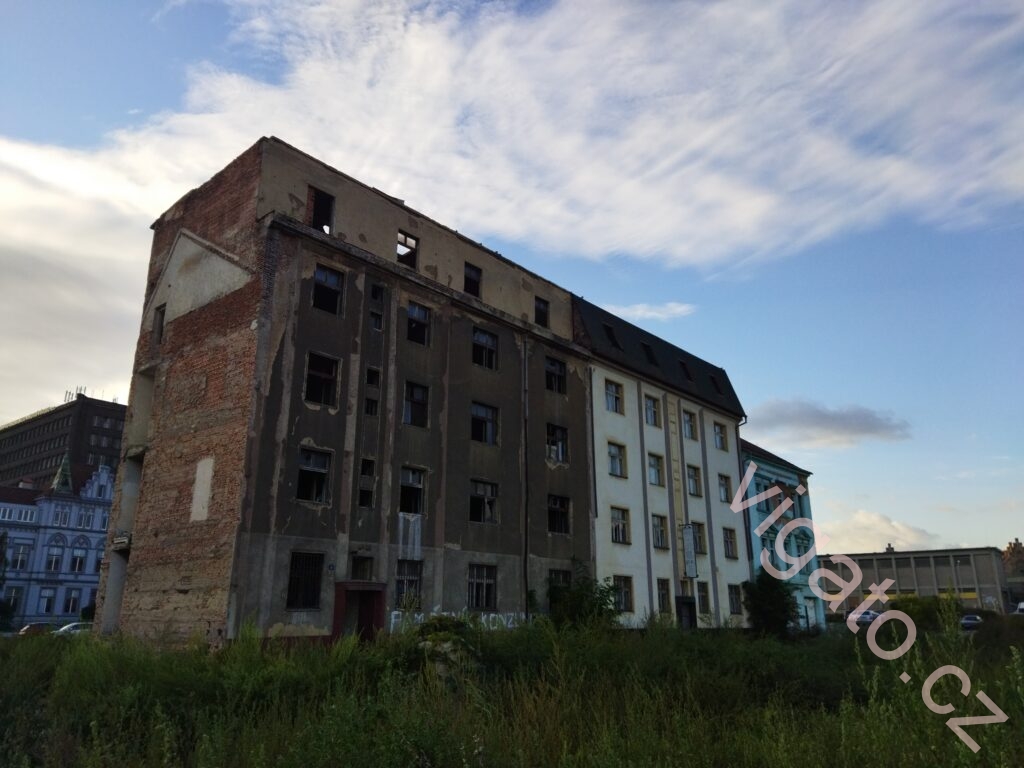
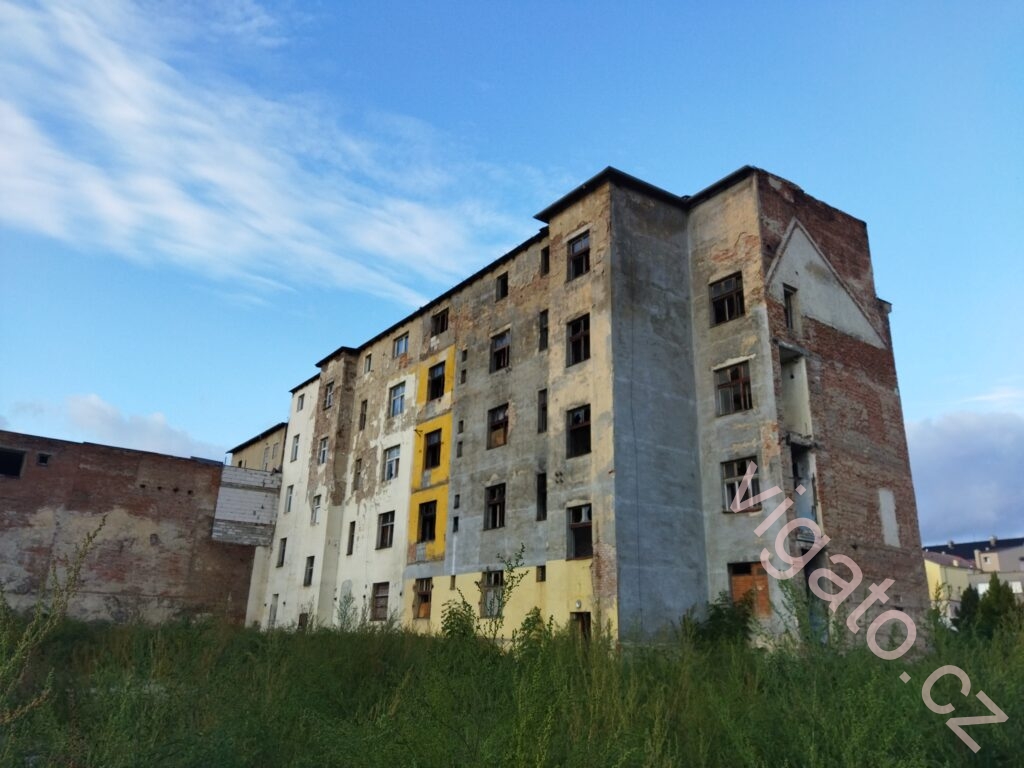
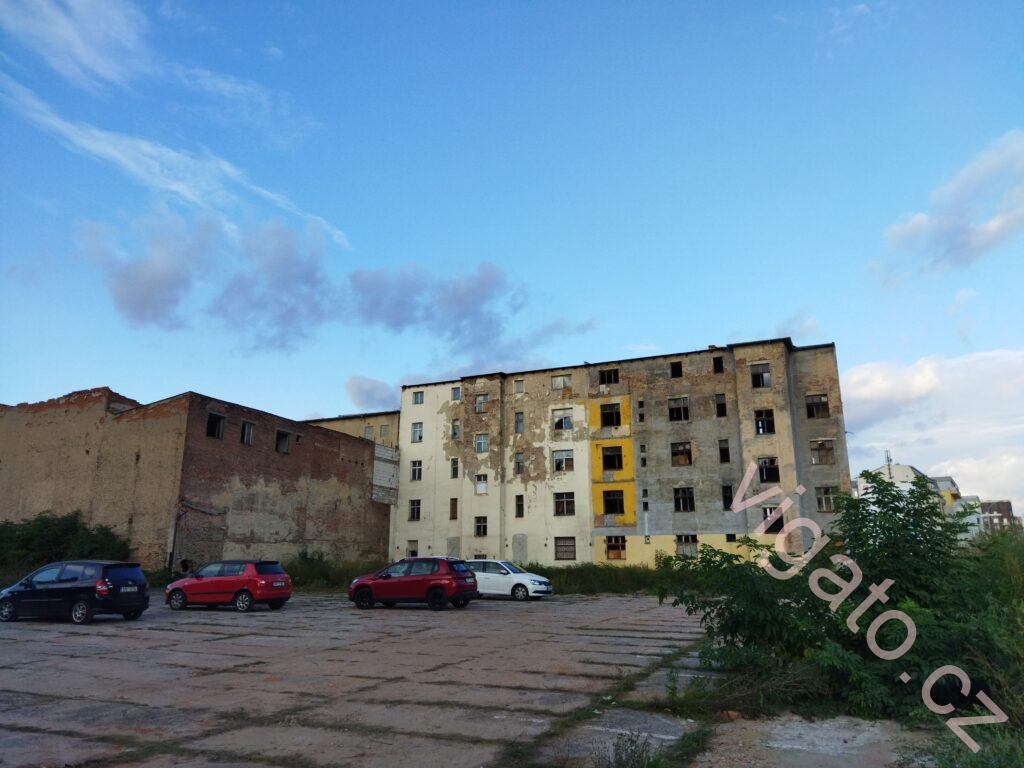
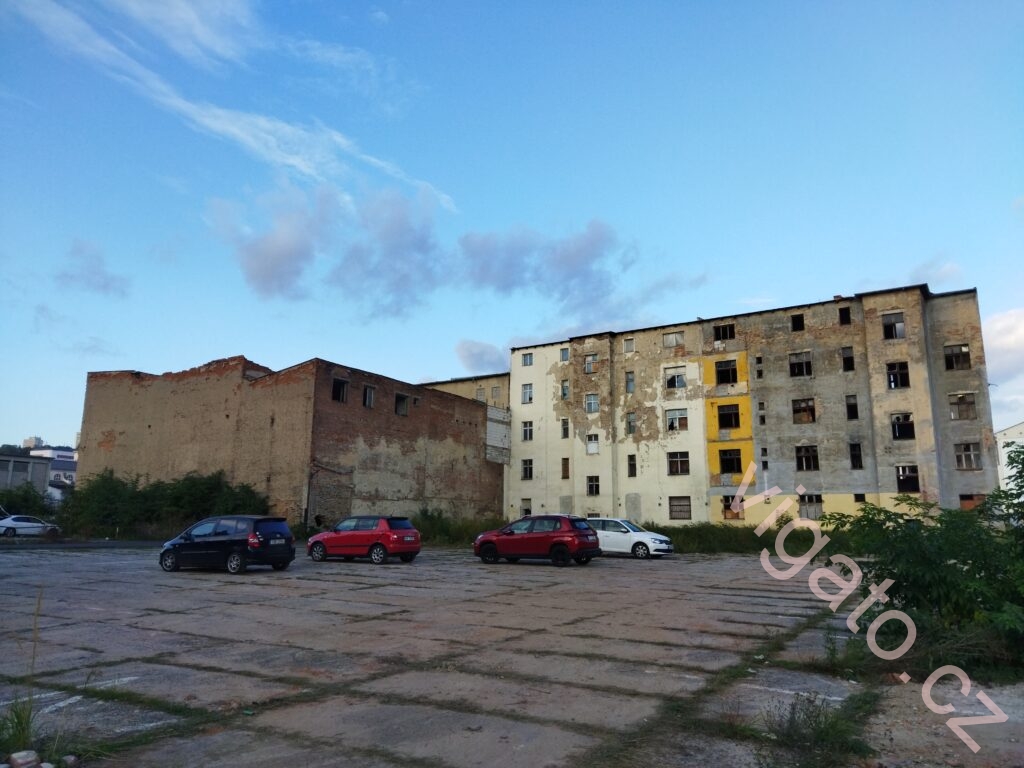
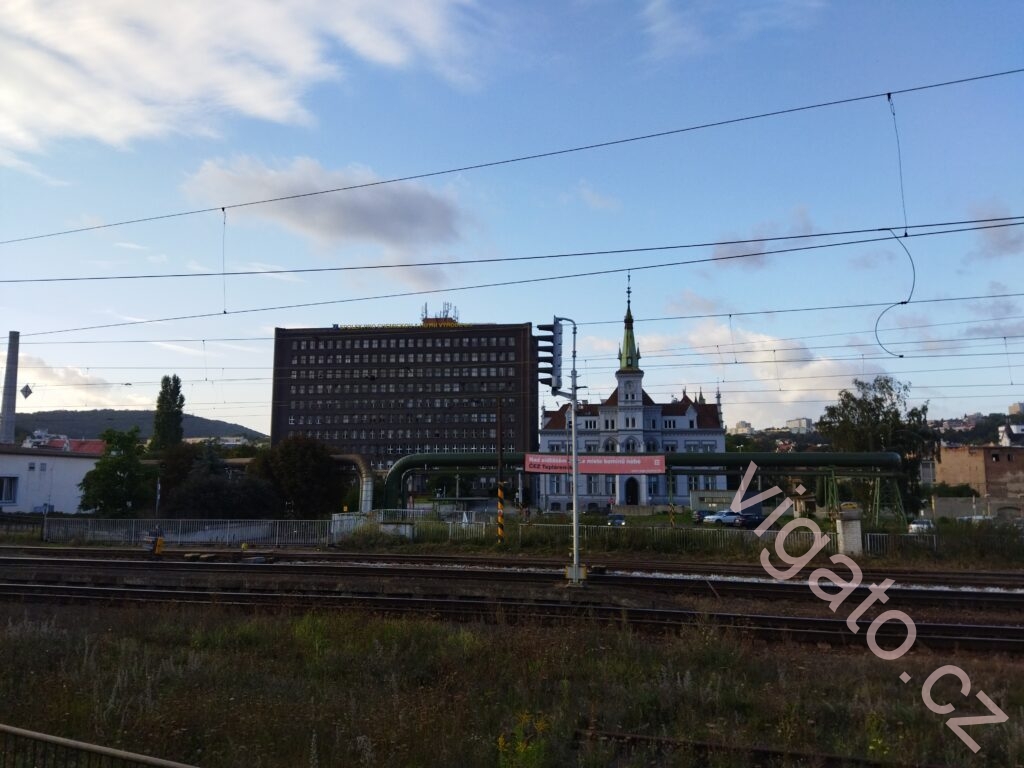
Demolition of Buildings in Ústí: A Tragic Loss of Cultural Heritage
The city of Ústí, specifically the area around the Česká beseda and the vicinity of the chemical plant behind the Ústí Západ train station, has been witnessing a distressing phenomenon – the demolition of buildings. This ongoing process has led to the irreparable loss of significant architectural and cultural heritage.
Ústecká čtvrť Západ, urbanisticky i polohově s velkým potenciálem, zůstává i přes léta slibů a plánů pozadu. V době, kdy evropské dotace proudily do regionu s cílem zlepšit kvalitu života, infrastrukturu a veřejný prostor, byl Ústí Západ často mimo hlavní zájem příjemců podpory. Mnohé projekty zaměřené na regeneraci sídlišť, modernizaci škol, revitalizaci zeleně či zlepšení dopravní dostupnosti se zastavily na úrovni příprav nebo byly přesunuty jinam.
Zatímco jiná města či čtvrti dokázaly využít dotačních možností k proměně veřejného prostoru v atraktivní a funkční prostředí, zde se čas zastavil. Nevyužité parcely, zanedbaná zeleň, chybějící investice do komunitní infrastruktury a slabá dopravní propojenost tvoří obraz zmeškané příležitosti. A to navzdory skutečnosti, že dotační programy v minulých letech nabízely přesně to, co Ústí Západ potřebovalo – nový začátek.
Promarněná šance není jen výsledkem nedostatku peněz, ale především nedostatku vize, odvahy a vůle konat.
V oblasti Ústí nad Labem-Západ, zejména v části známé jako Nové Město, probíhaly v posledních letech rozsáhlé demolice vybydlených a chátrajících domů. Tyto zásahy měly za cíl revitalizovat zanedbané části města a uvolnit prostor pro nové využití.iDNES+2Česká televize+2iROZHLAS+2
🏚️ Demolice v oblasti U České besedy
V roce 2020 byla zahájena demolice několika domů v ulici U České besedy, nedaleko západního nádraží. Tyto budovy, dlouhodobě opuštěné a ve špatném stavu, byly odstraněny, aby uvolnily místo pro výstavbu nového supermarketu. Historici a místní obyvatelé však upozorňovali na historický význam některých z těchto staveb, například bývalé České besedy, která sloužila jako kulturní centrum české menšiny v převážně německém Ústí nad Labem. Ústecký Deník+2Česká televize+2Sever+2Sever
🏗️ Demolice v ulici Na Nivách
Další významná demolice proběhla v ulici Na Nivách, kde město odstranilo 18 vybydlených domů. Tyto objekty byly ve špatném technickém stavu a představovaly bezpečnostní riziko. Demolice byla rozdělena do dvou etap a stála město přibližně 6,5 milionu korun bez DPH. iROZHLAS+1Sever+1Sever+1iROZHLAS+1
Ústí nad Labem, Západní nádraží, je významnou částí města s řadou starších domů, které nesou historickou i architektonickou hodnotu. Tyto objekty jsou často předmětem rekonstrukcí a modernizací, přičemž je nezbytné dbát na zachování jejich charakteru a originality. Dotace na opravy a zateplení mohou pomoci majitelům financovat nutné práce, avšak je třeba se vyhnout nevhodným zásahům, které by mohly poškodit historickou hodnotu budov.
Informace o možnostech podpory a dotačních programech jsou k dispozici na stránce Dotace pro váš dům. Využití těchto dotací by mělo být plánováno s ohledem na památkovou ochranu a s důrazem na udržitelnou obnovu, která respektuje původní architekturu a Genius Loci místa.
Taková péče umožní zachování unikátní atmosféry Ústí Západ i do budoucna a zároveň zvýší komfort bydlení v těchto domech.
🏚️ Demolice v ulici Revoluční
V roce 2020 byly zbourány také domy v ulici Revoluční, které dlouhodobě chátraly a byly označovány za ostudu města. Tyto budovy, dříve vlastněné známým ústeckým podnikatelem, byly ve velmi špatném stavu, s chybějícími střešními taškami a poškozenými fasádami. iROZHLASiDNES
🏗️ Demolice dílen STP
Město Ústí nad Labem také plánovalo demolici souboru objektů dílen STP v oblasti Ústí nad Labem-Západ. Předmětem zakázky bylo odstranění křovin a stromů, demolice zděných budov postupným rozebíráním a těžkou mechanizací. Tender Arena
Tyto demolice jsou součástí širšího úsilí o regeneraci městských částí, které byly dlouhodobě zanedbávány. Cílem je vytvořit nové prostory pro bydlení, obchod a služby, které by přispěly k oživení města a zlepšení kvality života obyvatel.
Pokud máte zájem o konkrétní informace o některé z těchto demolic nebo o plány na další revitalizaci města, doporučuji sledovat oficiální webové stránky města Ústí nad Labem nebo kontaktovat místní úřady pro aktuální informace.
The demolition of buildings around the Česká beseda, which served as a hub of cultural and social activities, is particularly disheartening. These structures held great historical and symbolic value, representing the identity and collective memory of the city. Unfortunately, they have been replaced by modern developments, erasing the traces of the past and disconnecting the present generation from their roots.
Moreover, the demolitions near the chemical plant behind the Ústí Západ train station have raised concerns about environmental and public health. The demolition process has the potential to release hazardous substances into the air and soil, posing risks to the surrounding community.
The loss of these buildings not only affects the visual landscape of the city but also disrupts the social fabric and collective consciousness of its inhabitants. It is crucial for the city and its residents to prioritize the preservation and revitalization of their cultural heritage, as it contributes to a sense of belonging and fosters a vibrant and cohesive community.
Bourání města Ústí: Tragická ztráta kulturního dědictví
Město Ústí, konkrétně oblast kolem České besedy a blízkosti chemičky za nádražím Ústí Západ, se potýká s alarmujícím jevem – bouráním budov. Tento neustále probíhající proces přináší neodvratnou ztrátu významného architektonického a kulturního dědictví.
Zvláště znepokojující je bourání budov kolem České besedy, která sloužila jako centrum kulturního a společenského dění. Tyto stavby nesly významnou historickou a symbolickou hodnotu, představovaly identitu a kolektivní paměť města. Bohužel byly nahrazeny moderními výstavbami, které vymazávají stopy minulosti a oddělují současnou generaci od svých kořenů.
Navíc bourání blízko chemičky za nádražím Ústí Západ vyvolává obavy ohledně životního prostředí a veřejného zdraví. Proces bourání může uvolňovat nebezpečné látky do ovzduší a půdy, čímž vznikají rizika pro okolní komunitu.
Ztráta těchto budov ovlivňuje nejen vizuální podobu města, ale také narušuje společenskou strukturu a kolektivní vědomí jeho obyvatel. Je nezbytné, aby město a jeho obyvatelé dali prioritu zachování a oživení svého kulturního dědictví, neboť to přispívá k pocitu přináležitosti a podporuje živou a soudržnou komunitu.
Demolizione degli edifici a Ústí: Una tragica perdita di patrimonio culturale
La città di Ústí, in particolare l’area intorno al Česká beseda e la vicinanza della fabbrica chimica dietro la stazione ferroviaria Ústí Západ, sta assistendo a un fenomeno preoccupante: la demolizione degli edifici. Questo processo in corso ha portato alla perdita irreparabile di un significativo patrimonio architettonico e culturale.
La demolizione degli edifici intorno al Česká beseda, che fungeva da centro di attività culturali e sociali, è particolarmente sconvolgente. Queste strutture avevano un grande valore storico e simbolico, rappresentando l’identità e la memoria collettiva della città. Purtroppo, sono state sostituite da sviluppi moderni che cancellano le tracce del passato e separano la generazione attuale dalle proprie radici.
Inoltre, le demolizioni vicino alla fabbrica chimica dietro la stazione ferroviaria Ústí Západ sollevano preoccupazioni per l’ambiente e la salute pubblica. Il processo di demolizione ha il potenziale di rilasciare sostanze pericolose nell’aria e nel terreno, rappresentando rischi per la comunità circostante.
La perdita di questi edifici non influisce solo sul paesaggio visivo della città, ma interrompe anche il tessuto sociale e la coscienza collettiva dei suoi abitanti. È fondamentale che la città e i suoi abitanti diano priorità alla conservazione e al recupero del proprio patrimonio culturale, poiché ciò contribuisce a un senso di appartenenza e favorisce una comunità vibrante e coesa.
Es ist von entscheidender Bedeutung, dass diese Angelegenheit die Nachkommen der Sudetendeutschen anspricht – oder ist dem nicht so?
Im Laufe der Jahre haben wir das verheerende Abreißen nicht nur alter Wohnviertel, sondern auch Fabriken, Schlösser, Kurkomplexe und sogar ganzer Städte erlebt. Dieser bedauerliche Trend hat auch die Stadt Most, auch bekannt als Brux, betroffen.
Der Abriss dieser historischen Gebäude und Viertel bedeutet einen Verlust nicht nur des architektonischen Reichtums, sondern auch des bedeutenden kulturellen Erbes. Diese Gebäude waren Zeugen der Vergangenheit, sie trugen Geschichten und Erinnerungen ganzer Generationen in sich. Leider werden sie durch anonyme moderne Strukturen ersetzt, die oft Charakter und Authentizität vermissen lassen.
Der Verlust dieser Gebäude und Städte ist unübersehbar. Fabriken, die einst das Herz industrieller Zentren bildeten, sind jetzt nur noch Ruinen. Schlösser, die einst mit prächtiger Architektur und Geschichte glänzten, sind jetzt verlassene Gemäuer. Ganze Kurkomplexe, die Oasen der Gesundheit und Entspannung waren, sind nun nur noch verlorene Erinnerungen.
Dieser Abriss und der Verlust des kulturellen Erbes sollten Besorgnis erregen und zum Nachdenken anregen. Was sind die Gründe und Motivationen hinter diesem umfassenden Abriss? Ist dies ein unausweichlicher Schritt für Modernisierung und Entwicklung oder nur eine kurzfristige Zerstörung, die Leere und Identitätsverlust hinterlässt?
Es ist wichtig, dass wir die Bedeutung und den Wert unseres kulturellen Erbes erkennen und uns für seinen Schutz einsetzen. Die Bewahrung historischer Gebäude und Viertel ist entscheidend für die Erhaltung unserer kulturellen Identität und die Weitergabe dieses Reichtums an zukünftige Generationen.
Die philosophische Frage „Oder ist dem nicht so?“ wird immer dringlicher. Es liegt an uns, nach Antworten zu suchen und Maßnahmen zu ergreifen, um sicherzustellen, dass unsere Geschichte und unser kulturelles Erbe für zukünftige Generationen bewahrt bleiben.
Diese Botschaft richtet sich besonders an die Nachkommen der ehemaligen deutschen Bewohner. Es ist wichtig, dass sie sich ihrer Vergangenheit bewusst sind und sich für den Erhalt und die Wertschätzung des gemeinsamen kulturellen Erbes einsetzen. Durch ihr Engagement können sie einen wertvollen Beitrag zur Bewahrung unserer Geschichte und Identität leisten.
Bourání starých obytných čtvrtí a mnohem víc: Ztráta historického bohatství
V průběhu let jsme byli svědky devastujícího bourání nejen starých obytných čtvrtí, ale také továren, zámků, lázeňských komplexů a dokonce celých měst. Tento nešťastný trend postihl i město Most, známé také jako Brux.
Bourání těchto historických budov a čtvrtí představuje ztrátu nejen architektonického bohatství, ale také důležitého kulturního dědictví. Tyto stavby byly svědky minulosti, nosily v sobě příběhy a paměť generací. Bohužel, jsou nahrazovány anonymními moderními strukturami, které často postrádají charakter a autenticitu.
Ztráta těchto budov a měst je nepřehlédnutelná. Fabriky, které kdysi tvořily srdce průmyslových center, jsou nyní jen zříceninami. Zámky, které kdysi oplývaly nádhernou architekturou a historií, jsou nyní jen pustými ručními díly. Celé lázeňské komplexy, které představovaly oázu zdraví a relaxace, jsou nyní jen ztracenými vzpomínkami.
Tento proces bourání a ztráty kulturního dědictví musí vzbuzovat obavy a vést k hlubokému zamyšlení. Jaké jsou důvody a motivace za tímto rozsáhlým bouráním? Je to nevyhnutelný krok pro modernizaci a rozvoj, nebo je to pouze krátkozraká destrukce, která zanechává prázdnotu a ztrátu identity?
Je důležité, abychom si uvědomili význam a hodnotu našeho kulturního dědictví a bojovali za jeho ochranu. Zachování historických budov a čtvrtí je klíčové pro uchování naší kulturní identity a předání tohoto bohatství budoucím generacím.
Filosofická otázka „nebo tomu tak není?“ se stává stále naléhavější. Je na nás, abychom hledali odpovědi a přijali opatření, která zajistí, že naše historie a kulturní dědictví budou uchovány pro budoucí generace.

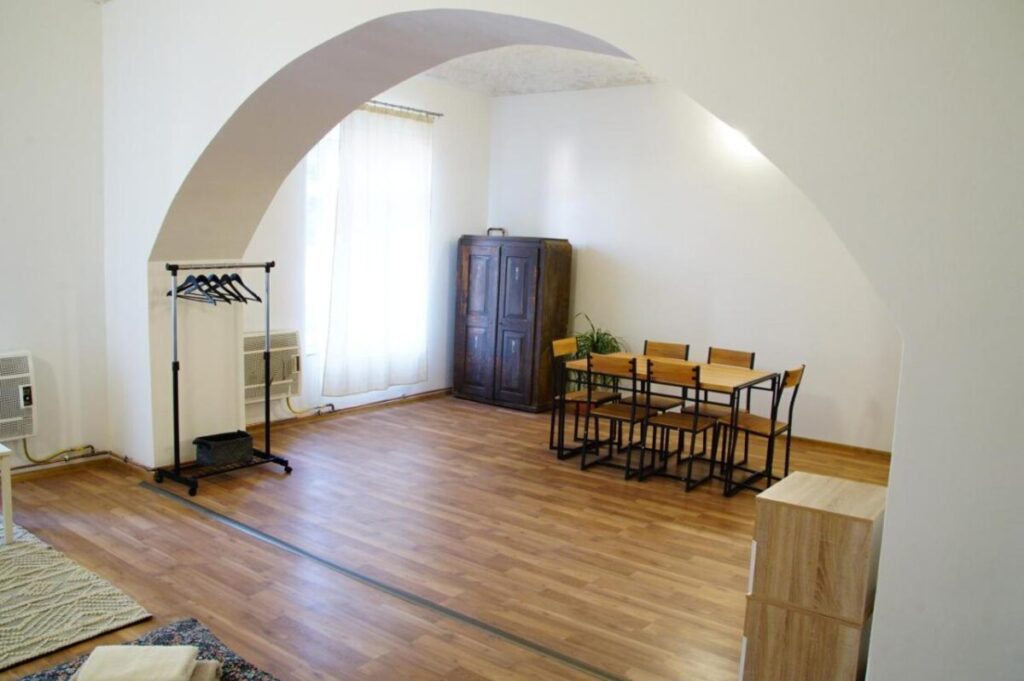
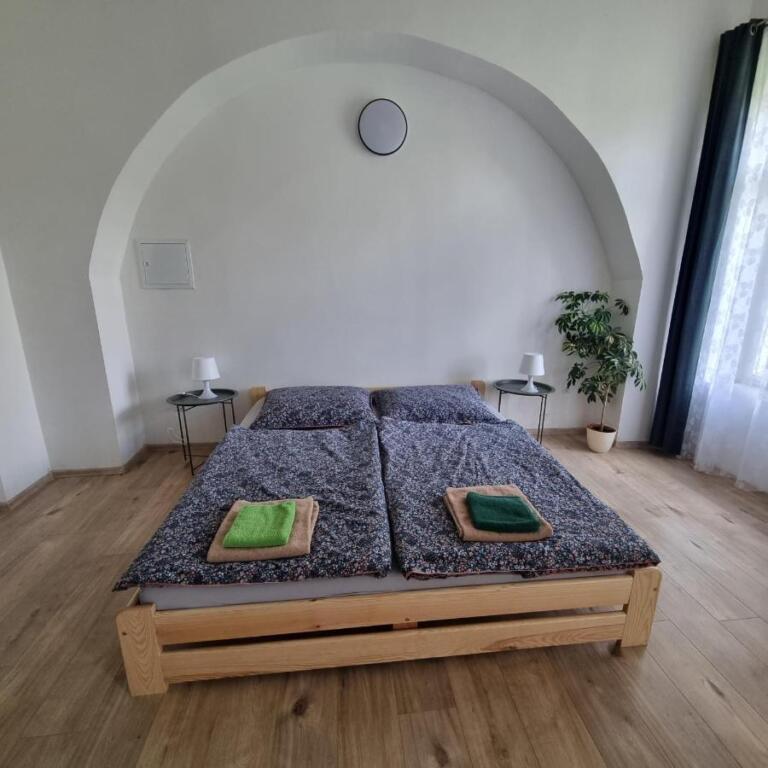
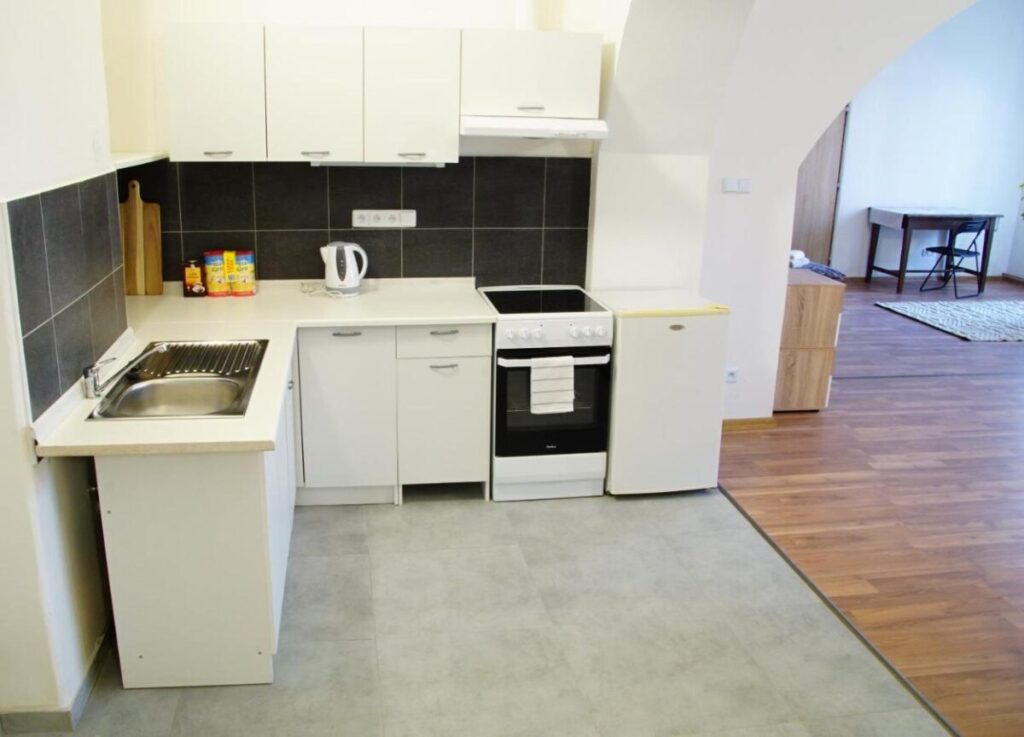
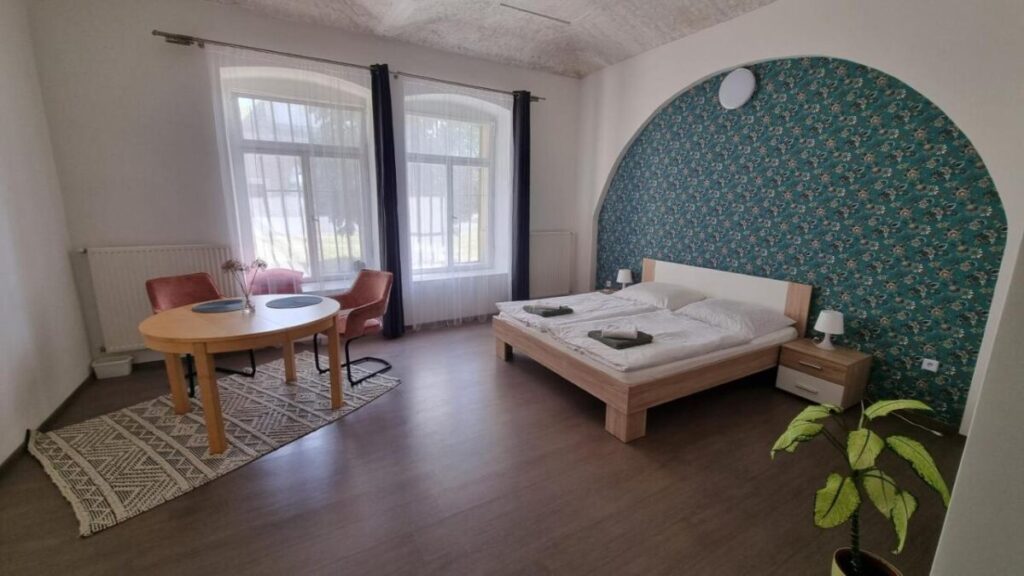
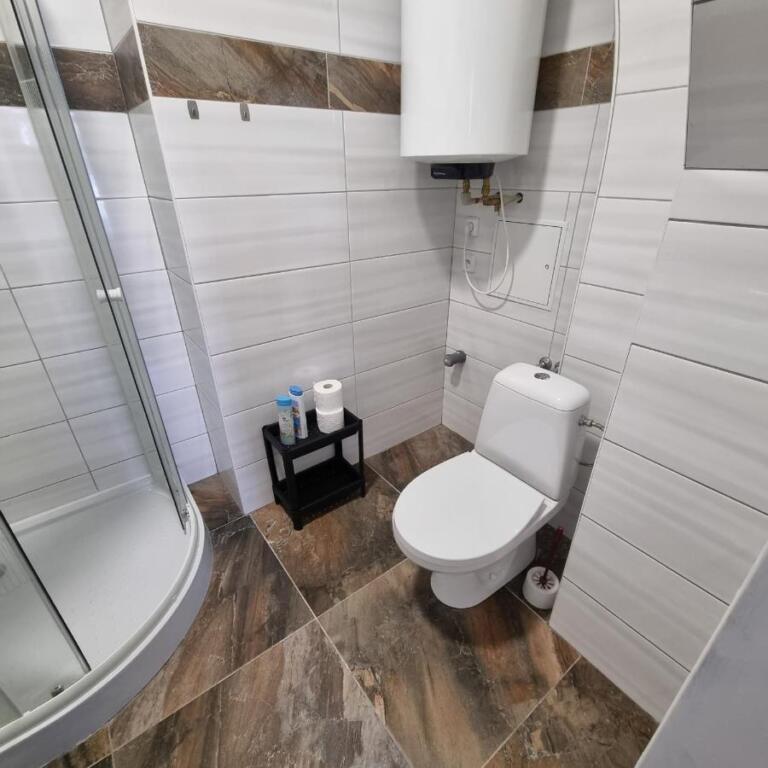

Napsat komentář